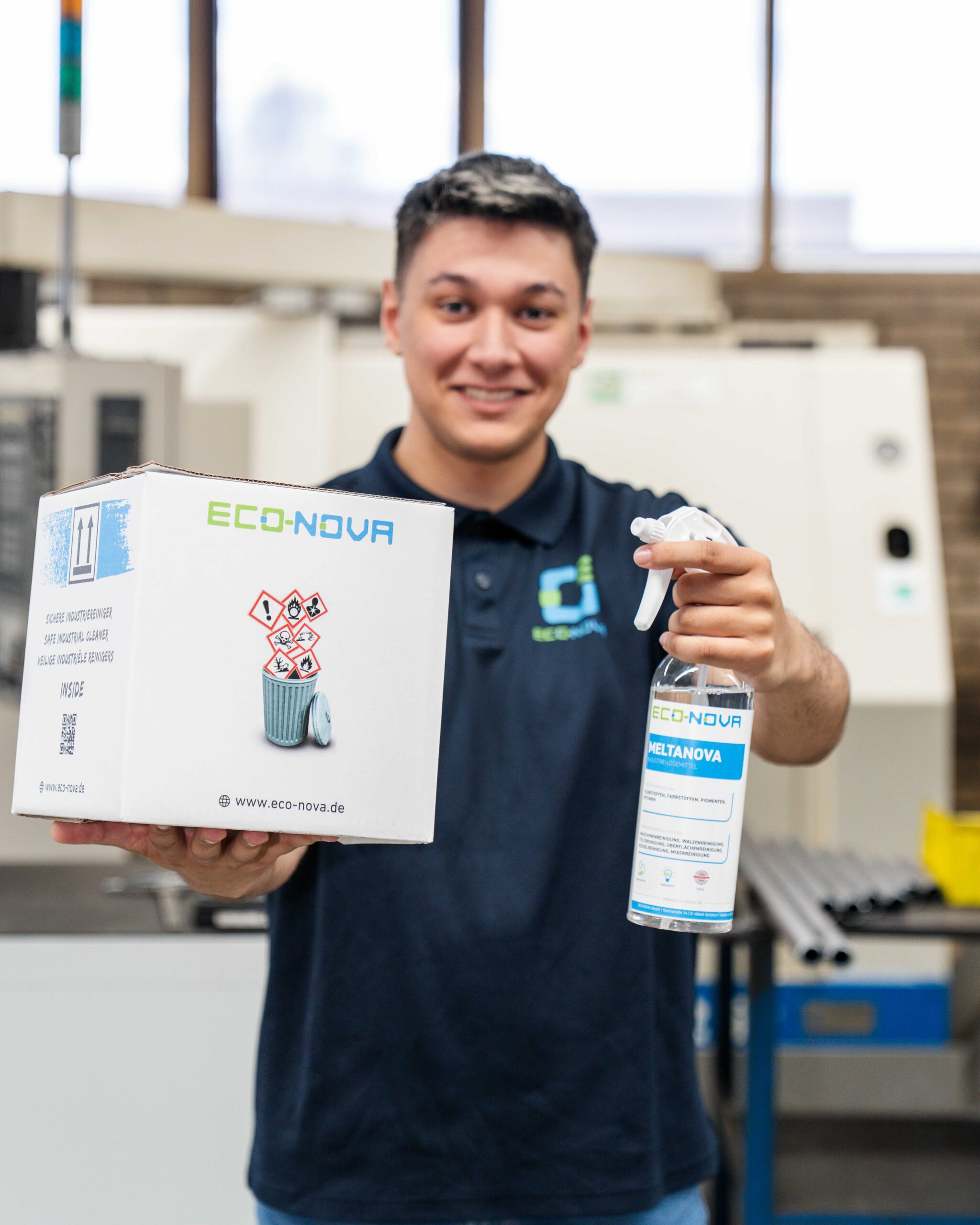What is bitumen?
One of the oldest petroleum products is bitumen. Beyond the possibility of extracting bitumen from petroleum, there is naturally occurring bitumen. This is also called natural bitumen. This complex material is usually found as a black, sticky and viscoelastic product. It is extracted from fossil raw materials such as pitch or shale. Bitumen is very solid and has a predominantly rubbery or plastic-like consistency and a characteristic odor. It is often used as a waterproofing material for roofs or as tar or for asphalt roads and is common in many areas of the world.
Bitumen is used in many different products, including rubber mats, sealing rings for car parts and toothpaste. But it can also do some heavier jobs - for example, it can be used as an adhesive, or it can be used as a filler for cracks and holes. Bitumen is processed in industry such as road construction, mixing plants or production plants.
How to remove tar, asphalt or bitumen?
Because bitumen is a very tough product, it can be very difficult and costly to remove. The tough and sticky material adheres strongly to the surface. It requires special tools and techniques to remove it effectively without not damaging the underlying surface. Conventionally used cleaners designed to facilitate the removal of tar, asphalt, and bituminous contaminants usually pose an environmental burden. ECO-NOVA's cleaning solutions are an environmentally friendly alternative. At the same time, these cleaners are extremely effective and can be easily disposed of.
There are several methods for removing bitumen, depending on the type of surface and the amount of bitumen to be removed. Some of the common methods are:
Mechanical removal: This involves using special tools such as scrapers, spatulas or grinders to scrape or grind the bitumen off the surface.
Chemical removal: This involves the use of special chemicals to dissolve or dissolve the bitumen. This method is particularly effective in removing bitumen, tar and asphalt. A good alternative to cleaners containing hazardous substances are the ECO-NOVA cleaners, Bituclean Extra and Combisolv TR.
Blasting media: It is possible to remove tar, asphalt and bitumen with dry ice. This method requires the use of a dry ice blasting machine that blasts frozen carbon dioxide at a temperature of -79 degrees Celsius onto the contaminant and removes it. There are other abrasive blast cleaning methods that use a mixture of water and granules, for example.
Burning: If sufficient heat is applied to the bituminous contamination, the material liquefies and can be removed with putty knives or similar tools. However, this process produces carcinogenic fumes and should only be carried out with appropriate PPE.
It is important to note that each method has its advantages and disadvantages and that the choice of the right method depends on various factors, such as the type of surface, the amount of bitumen to be removed and the environmental impact.
Effective ECO-NOVA cleaners help to remove bitumen.
ECO-NOVA Bituclean Extra is a special industrial solvent for the removal of bitumen. The natural cleaning concentrate is free of danger signs and thus contains no hazardous ingredients. It is very productive and has a very good surface compatibility. Bituclean Extra is applied undiluted with a pressure sprayer. Depending on the layer thickness, it acts immediately on the bituminous contamination. The resulting temporary emulsification can be disposed of via your oil separator.
Thanks to our safe & modern cleaners, bitumen, asphalt and tar can be efficiently removed in construction, industry and road building today. The correct and safe handling of cleaning solutions should be considered during cleaning, as well as the use of protective clothing and personal protective equipment (PPE).













